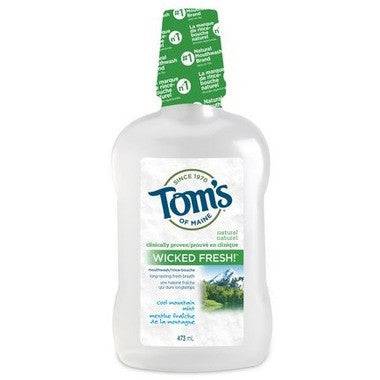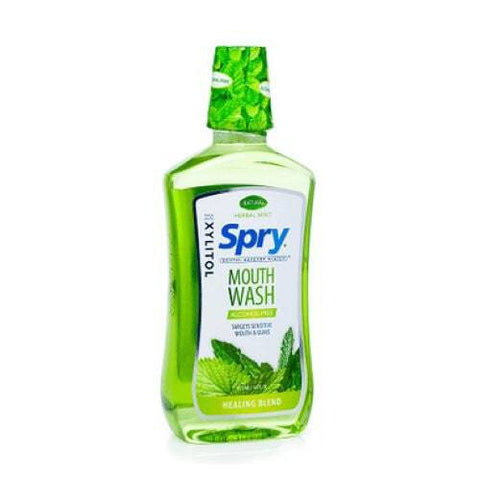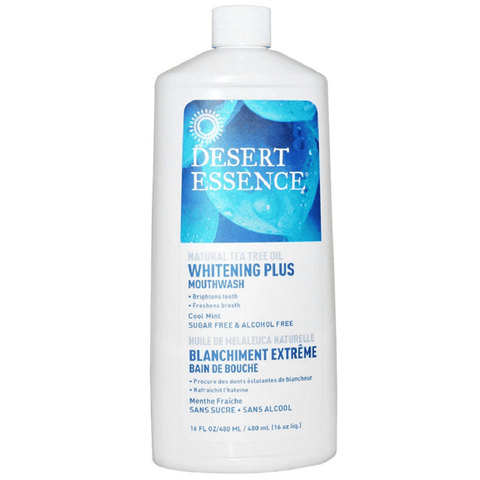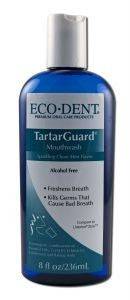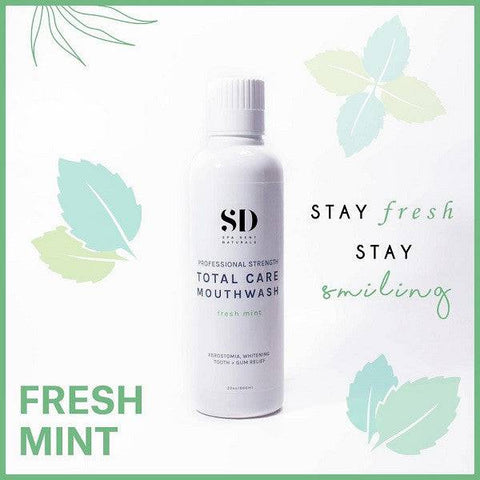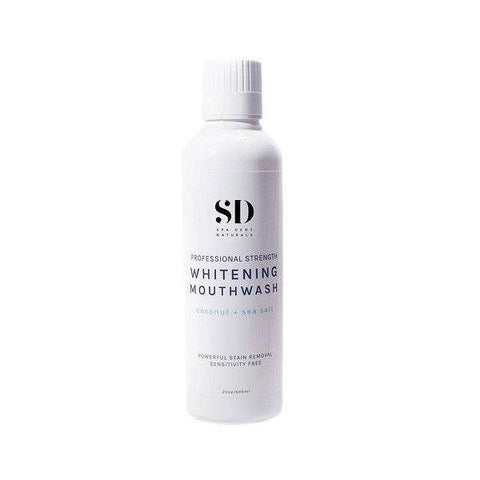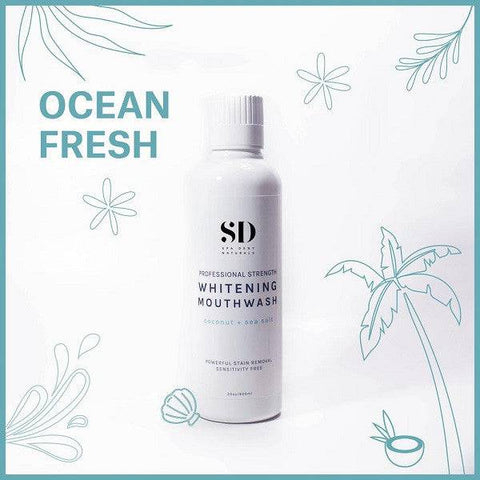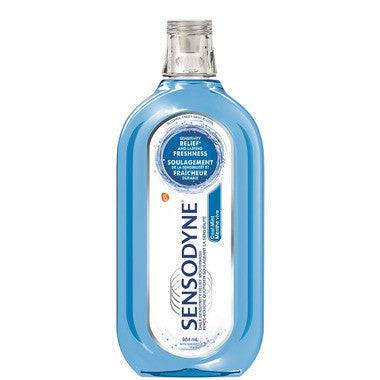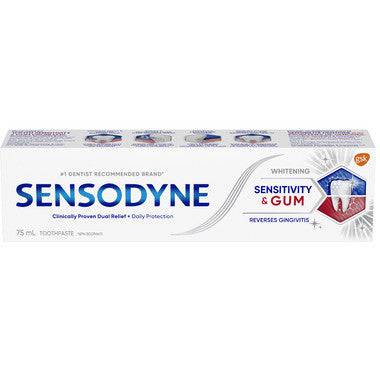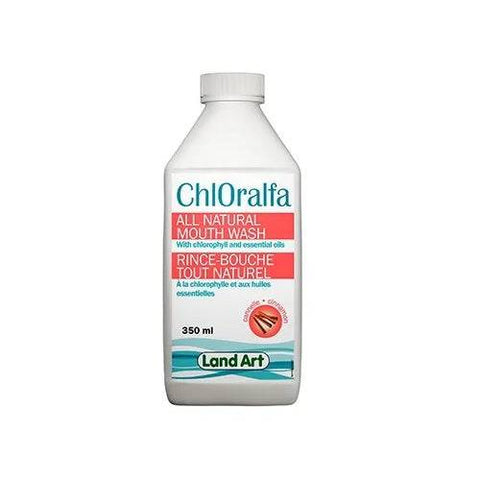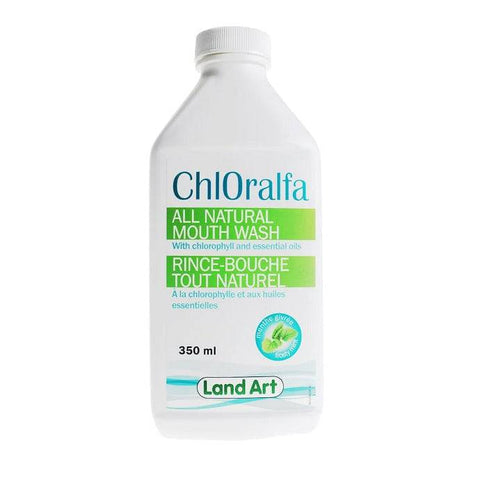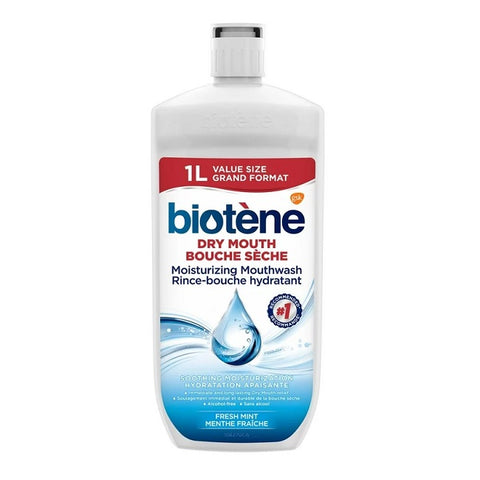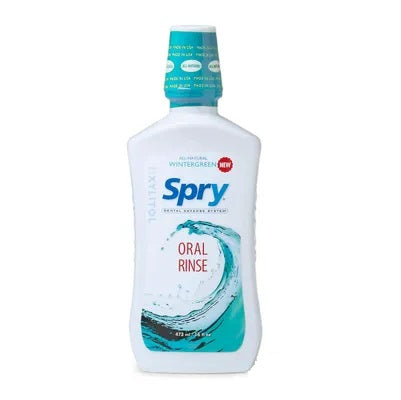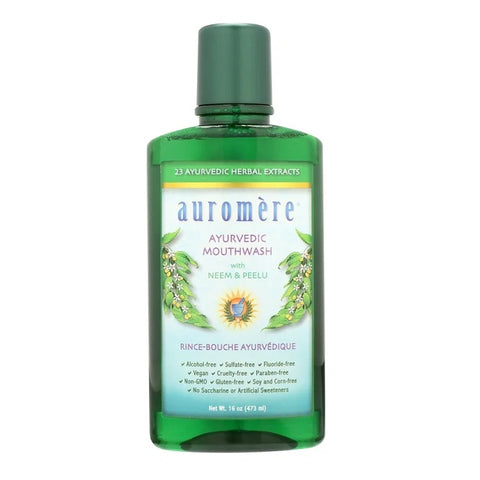Maintaining good oral hygiene goes beyond brushing. Mouthwash is an essential partner, offering a refreshing rinse and additional benefits for your oral health. From classic mints to innovative formulas, here's a breakdown to help you find the perfect mouthwash:
Types of Mouthwash:
Alcohol-Free: Gentler option for those with sensitive mouths or who dislike the burning sensation of alcohol.
Natural & Organic: Made with naturally derived ingredients and minimal processing.
Whitening: Helps remove surface stains and brighten teeth.
Antibacterial: Fights bacteria that can contribute to bad breath and gum problems.
Fluoride: Strengthens tooth enamel and helps prevent cavities (consult dentist if using fluoride toothpaste).
Fluoride-Free: For those who prefer to avoid fluoride.
Sensitive: Formulated to be gentle on sensitive teeth and gums.
Children’s: Fun flavors and milder formulas suitable for young mouths.
Concentrated: Requires dilution with water for a more economical option.
Travel-Size: Convenient for on-the-go use.
Herbal: Contains botanical extracts for a natural approach to oral care.
Mint (including spearmint, peppermint, wintergreen): Provides a refreshing and clean taste.
Citrus & Berry: Offers a variety of refreshing and sweet flavors.
Fresh Mint & Herbal Mint: Minty flavors with a more subtle and natural taste.
Cinnamon & Vanilla: Warmer and sweeter flavor options.
Eucalyptus & Tea Tree Oil: Offer a distinct taste with potential antiseptic benefits.
Unscented: Available for those who prefer no flavor or have taste sensitivities
Ingredients:
Essential Oils & Natural Flavors: Provide taste and potentially offer additional benefits like freshening breath.
Herbal Extracts: May contain botanical ingredients for specific benefits like soothing gums.
Xylitol: Natural sweetener that may help prevent cavities.
Glycerin: Humectant that helps retain moisture in the mouthwash.
Aloe Vera: May soothe and moisturize gums (mostly in natural mouthwashes).
Coconut Oil: May offer antibacterial properties (mostly in natural mouthwashes).
Baking Soda & Activated Charcoal: May help remove surface stains and freshen breath.
Zinc Compounds: May help fight bad breath.
Hydrogen Peroxide: Whitening agent in some mouthwashes.
Eucalyptus Oil, Tea Tree Oil, Clove Oil: May have antiseptic properties (use with caution).
Sage Extract & Chamomile Extract: May help soothe irritated gums (mostly in natural mouthwashes).
Texture and Consistency:
- Smooth & Light: Most common texture, feels gentle on the mouth.
- Foamy: Some mouthwashes create a foamy sensation during rinsing.
- Non-Foaming: Some formulas may not produce foam.
Packaging:
Bottle: Most common option.
Pump: Provides easy dispensing and can be more hygienic (especially for family use).
Refillable Container: Eco-friendly option, reduces plastic waste.
Travel Size: Convenient for trips.
Single-Use Packets: Portable option for travel or on-the-go use.
Concentrate Bottle: For concentrated formulas that require dilution.
Plastic: Most common material, consider recyclable options.
Glass: Sustainable option, may be available for some natural mouthwashes.
Biodegradable: Environmentally friendly packaging that decomposes naturally.
Recyclable: Look for mouthwash bottles made from recycled plastic.
Sensory Experience:
- Fresh & Minty: The most common sensation, leaving your mouth feeling clean and invigorated.
- Cooling: Some mouthwashes, especially those with mint or menthol, provide a cooling sensation.
- Gentle & Mild: Formulated for sensitive teeth and gums.
- Strong: Some mouthwashes, especially those with alcohol or certain essential oils, may have a stronger taste or burning sensation.
Usage and Application:
- Daily Use: Most mouthwashes are recommended for twice-daily use, after brushing.
- Quick Rinse: Follow the instructions on the label for the appropriate rinsing time.
- Concentrated Formula: Dilute with water as needed






